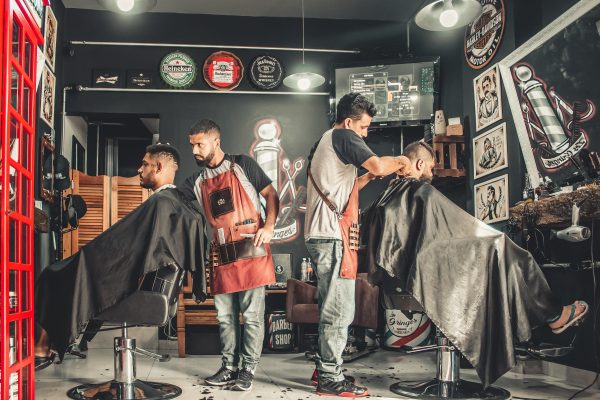
Third places, or gathering spaces that are neither work nor home, are important social sites for many Americans. Third places can often act as buffers against loneliness, physical inactivity, and alienation. Yet since the start of the Great Recession, communal spaces like nail salons, diners, barbershops, and sites of religious worship have closed at increasing rates across the U.S. At the same time, other categories of third places,
such as libraries and commercial banks, have grown in number. In a new paper, researchers highlight the role of third places in promoting wellbeing and public health.
Against a backdrop of the “retail apocalypse,” rising rents, and the food delivery boom, what do widespread third place closures mean for health and well-being? The authors find that by creating a sense of belonging, third places can build security and rapport. As a “home away from home,” third places not only foster social connections, but also encourage physical activity, particularly for the elderly. Over time, some third places have evolved to act as community centers, as in the case of some libraries which train staff to administer Narcan to those who have suffered an opioid overdose.
This study took a “bird’s eye” view of national business trends, and raises interesting questions about when and where third place closures are occurring, whose role it is to protect against them, and how they impact communities. It provides one example of how increased attention on vanishing third places matters not only for socialization and wellbeing, but for our understanding of the social and geographic determinants of health.

Comments